Percy Bryant Baker - Gifted Gallery
- Lilium

- Mar 27, 2024
- 2 min read

Percy Bryant Baker, born 8 July 1881, better known as Bryant Baker, was a British-born American sculptor. He sculpted a number of busts of famous Americans (including five presidents).
Baker was born in London, United Kingdom, to John Baker, a sculptor. His father and his sculptor grandfather both worked on wood and stone carvings at Westminster Abbey. His brother was Robert P. Baker, also a sculptor of note. He became an apprentice sculptor under his father, and carved Gothic statues for Beverley Minster and decorative elements for the Victoria and Albert Museum. He studied art and sculpting at the City and Guilds Technical Institute and later at the Royal Academy of Arts. He graduated from the latter in 1910.
In 1910, Queen Alexandra commissioned him to sculpt a bust of Edward VII. She was so impressed with his work, that she then commissioned him to design a life-size statue of Edward VII, and later a bust in marble of the nine-year-old Prince Olaf of Norway. Baker was an also a Freemason, and belonged to the Constitutional Lodge No. 294 at Beverley, Yorkshire, England.
In 1916, Baker emigrated to the United States, where he enlisted in the United States Army. He served during World War I in Army hospitals, crafting artificial limbs and face masks for wounded soldiers. He created a bust of John J. Pershing in 1921 and a bust of Arthur Weimar Thompson, both for the Nebraska Hall of Fame. He became a U.S. citizen in 1923.
In 1928, millionaire Oklahoma oilman E. W. Marland sponsored a $100,000 competition to create a statue honoring pioneering women of the American Old West. Baker won the design competition, and in 1930 his 27-foot (8.2 m) high, 12,000 pounds (5,400 kg) statue, Pioneer Woman, was unveiled in Ponca City, Oklahoma. It became his best-known work. In 1957, Baker was elected into the National Academy of Design as an Associate member, and became a full member in 1959.

Baker never married. In his final years, Baker lived in The Gainsborough high-rise apartment building at 222 West 59th Street in New York City. He died of unspecified causes at St. Barnabas Hospital in The Bronx on 29 March 1970. He was cremated, and his ashes interred at St. Peter's Church in Fordcombe, Kent, England.
Shortly after his death, the contents of his New York studio were purchased and moved to the E. W. Marland Mansion in Ponca City. The mansion is now known as the Ponca City Cultural Center, and Baker's studio and copies of many of his works are on display there.
Reading Recommendations & Content Considerations



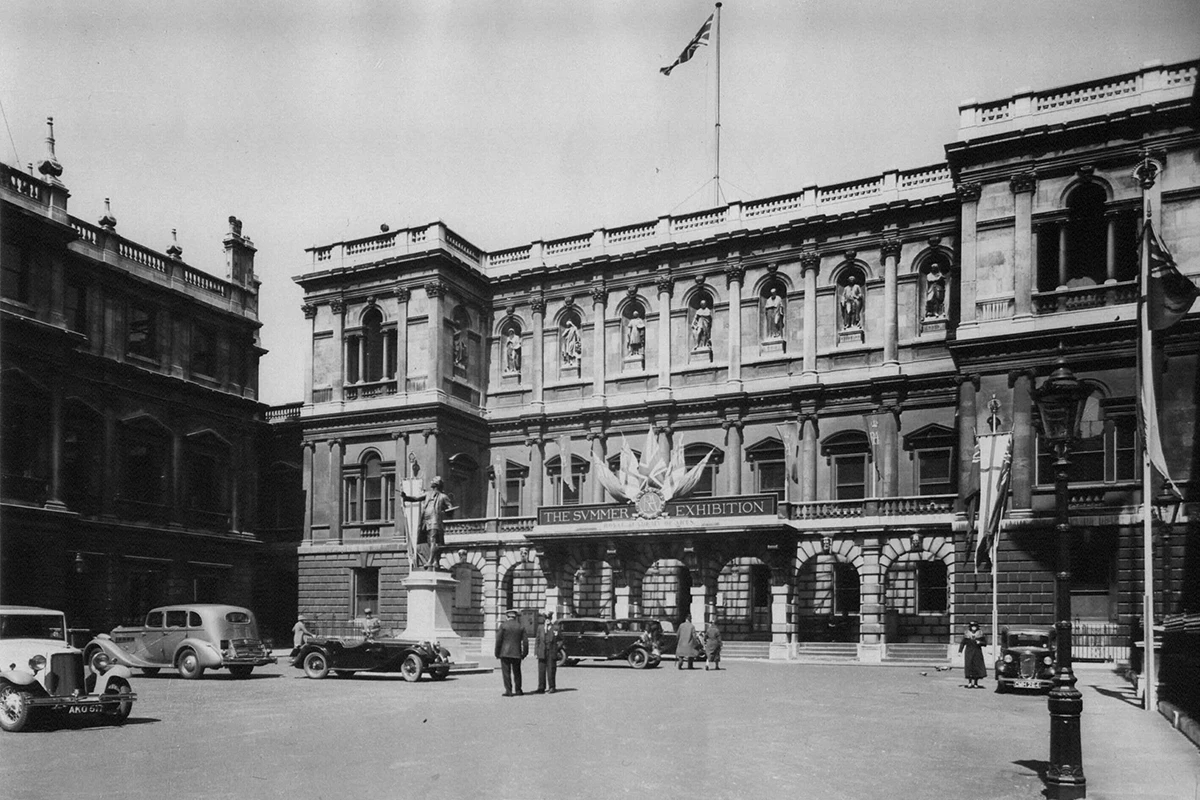
























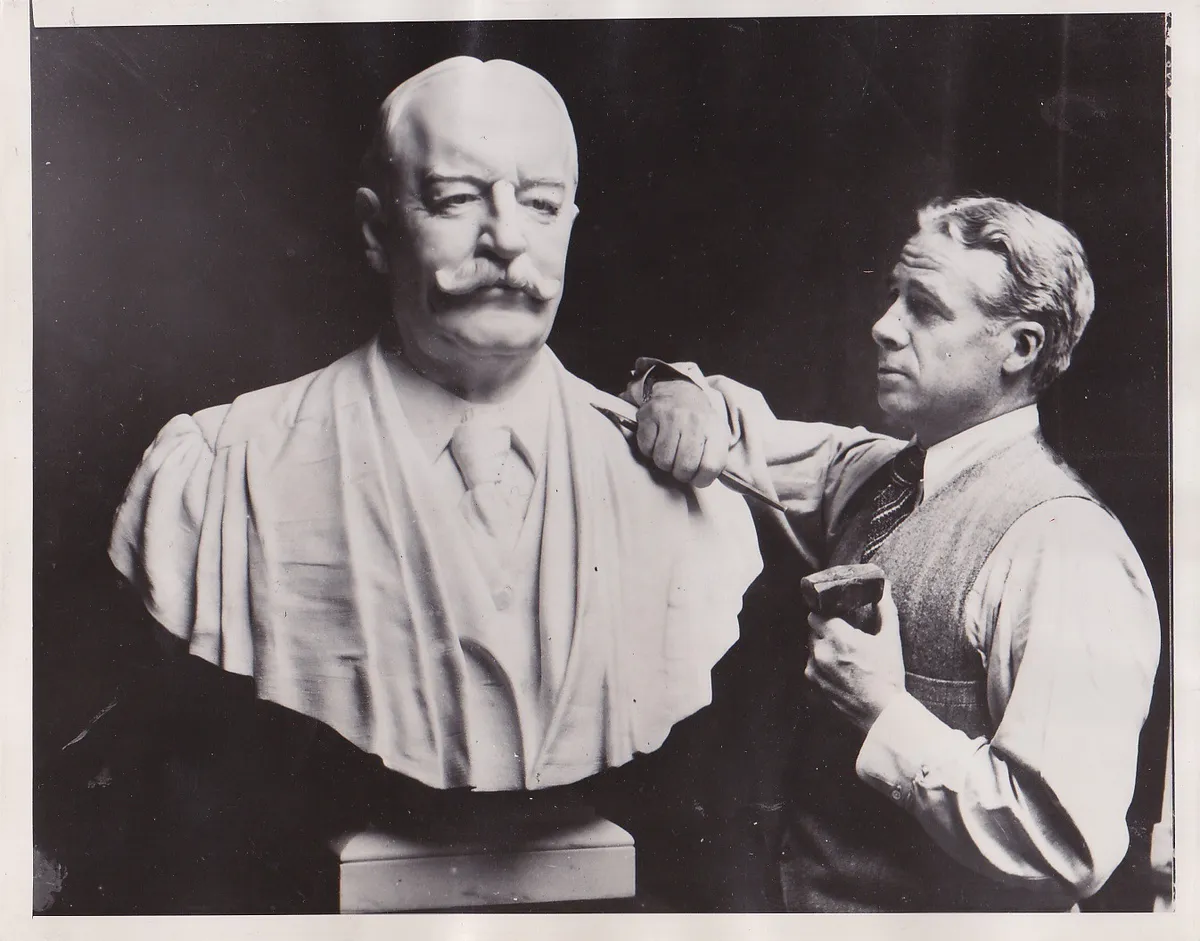

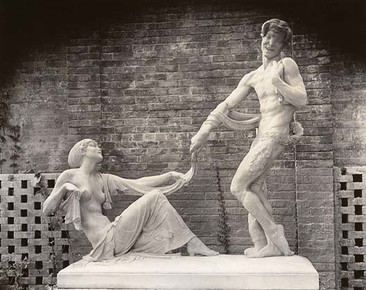

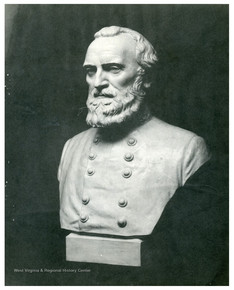












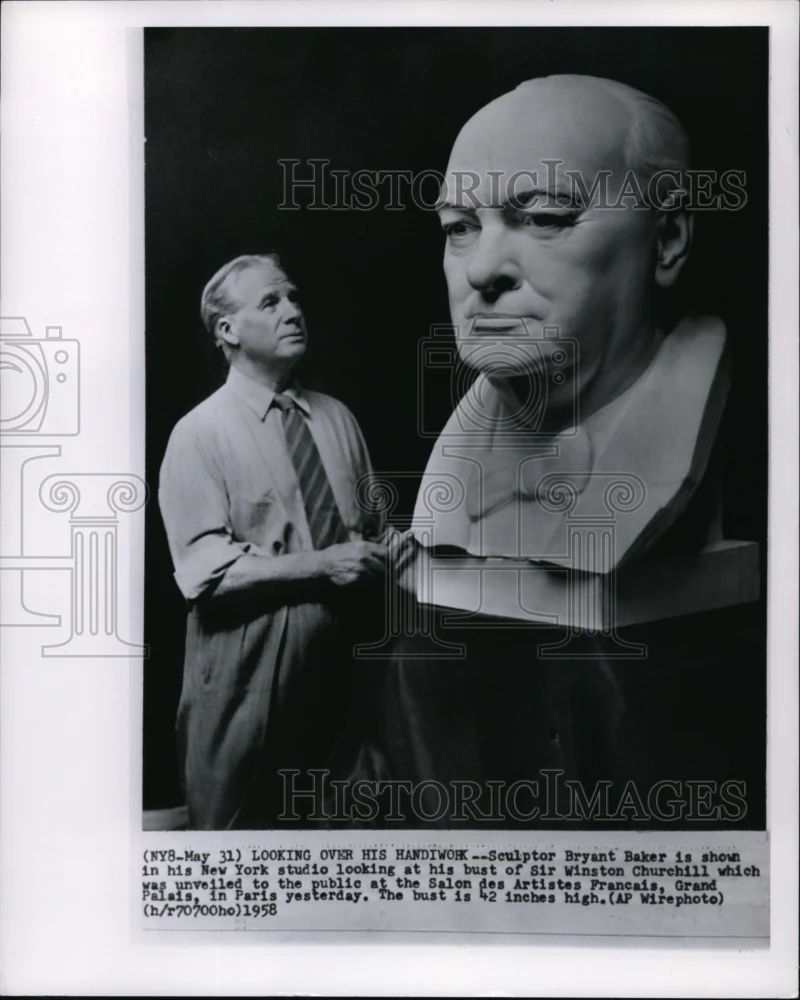











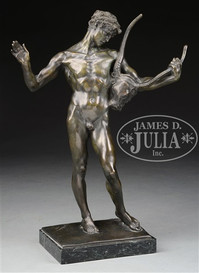



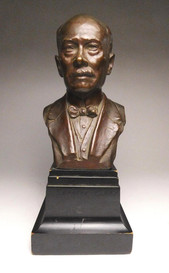


















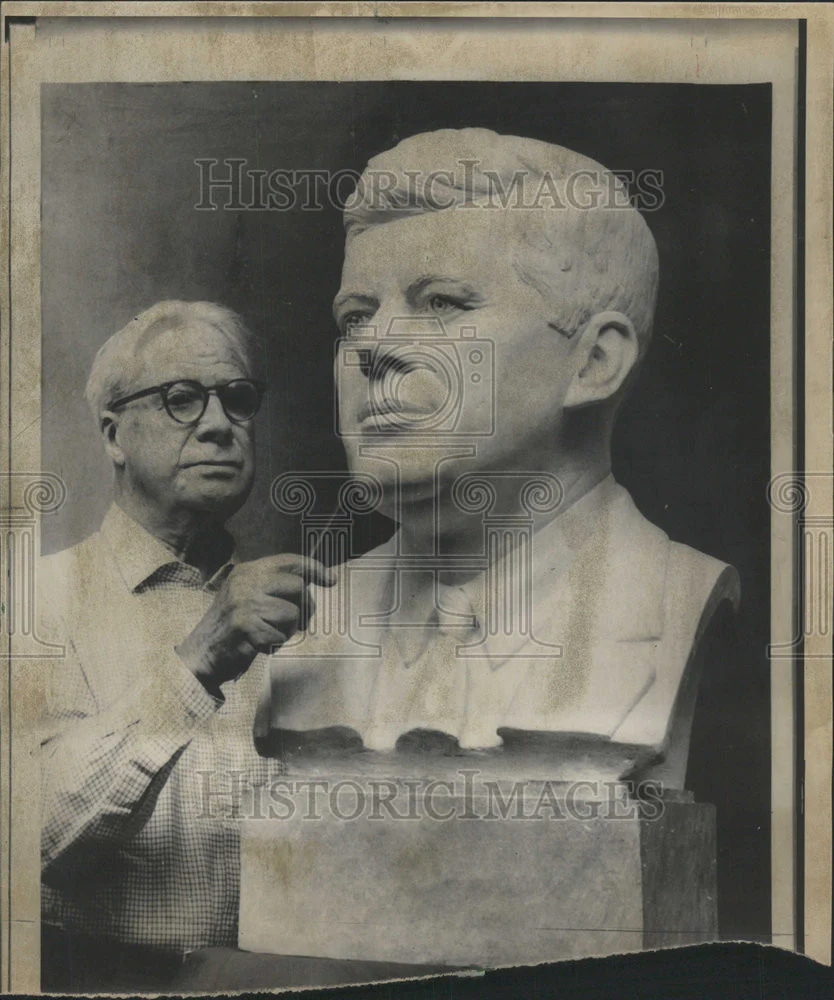
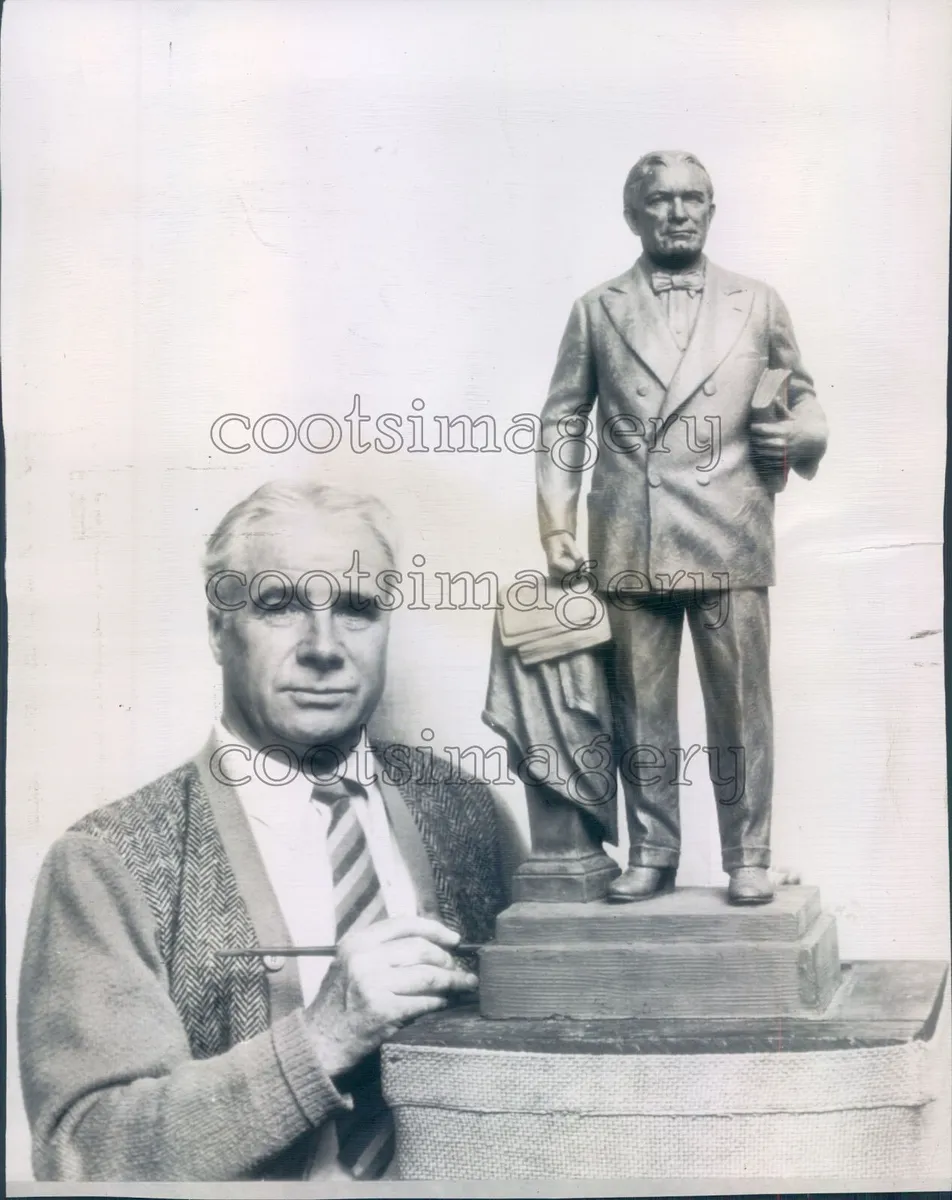


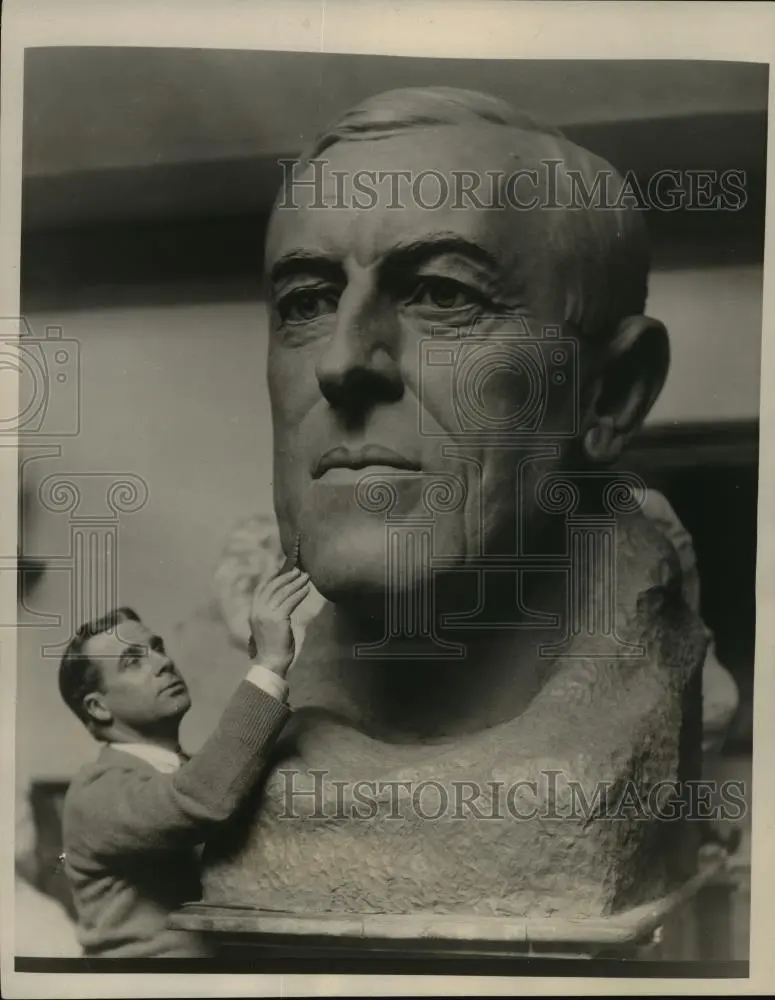

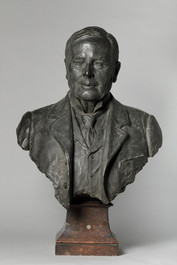













Comments